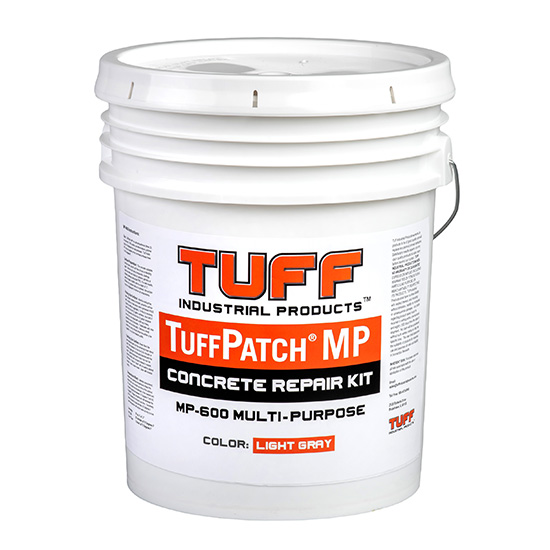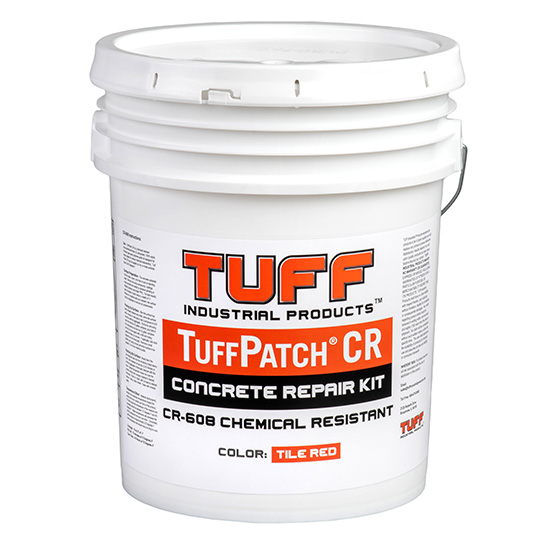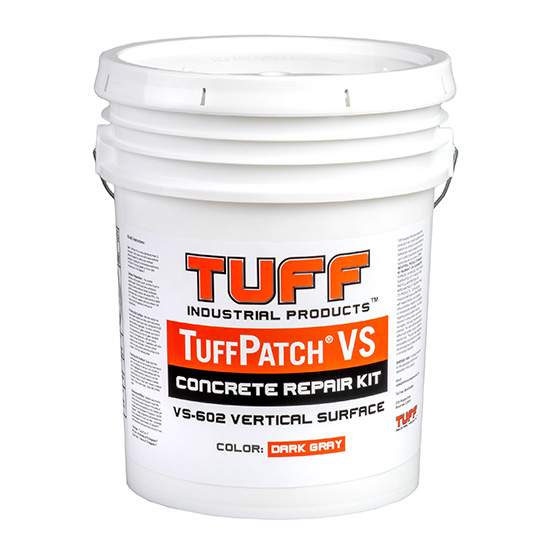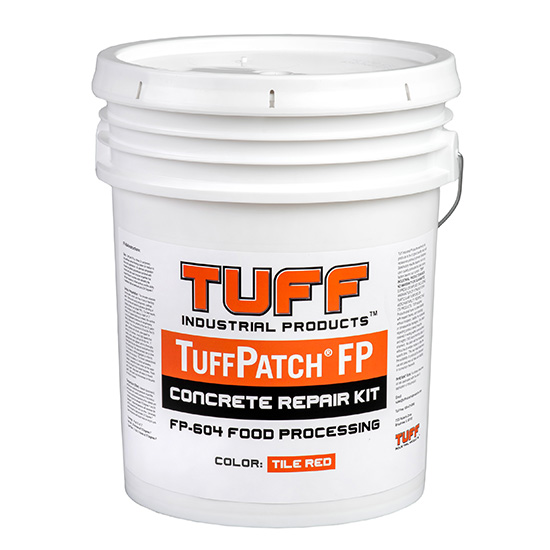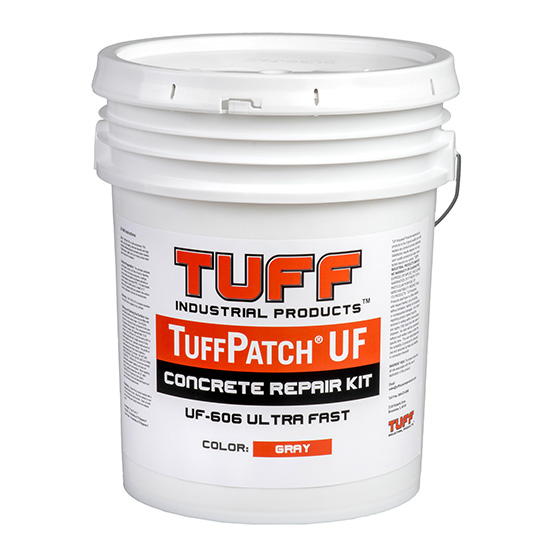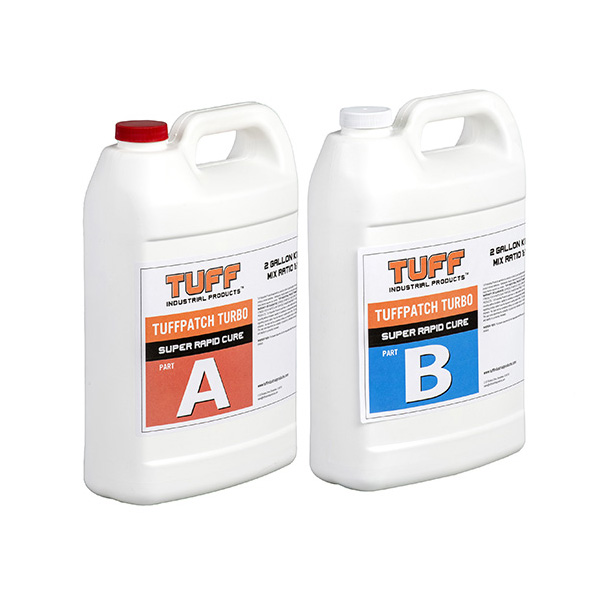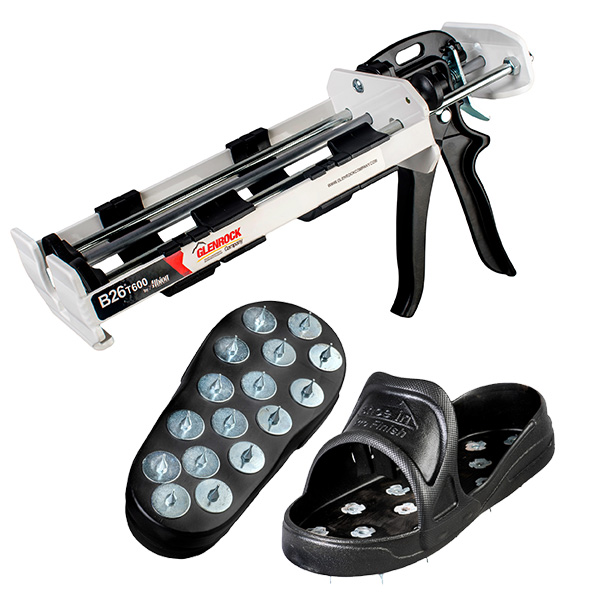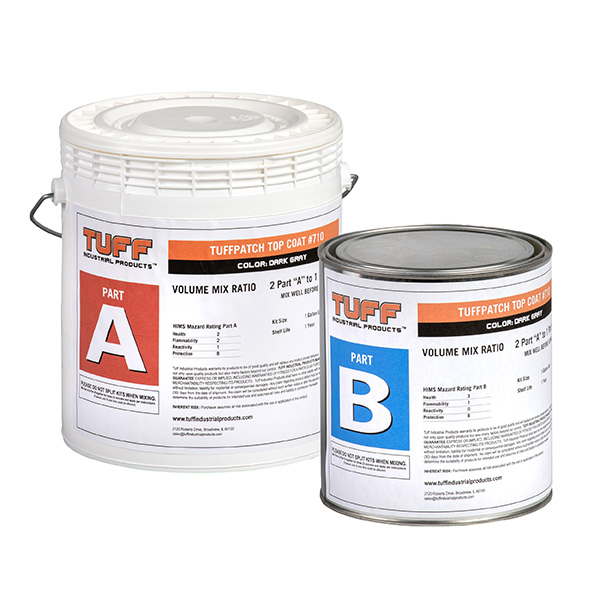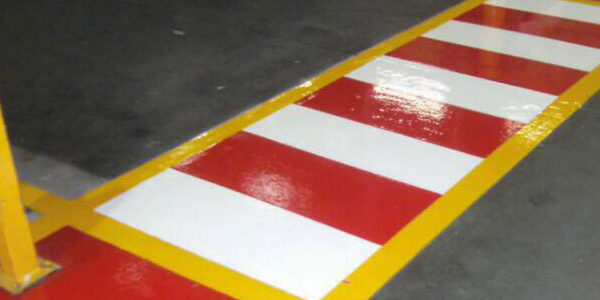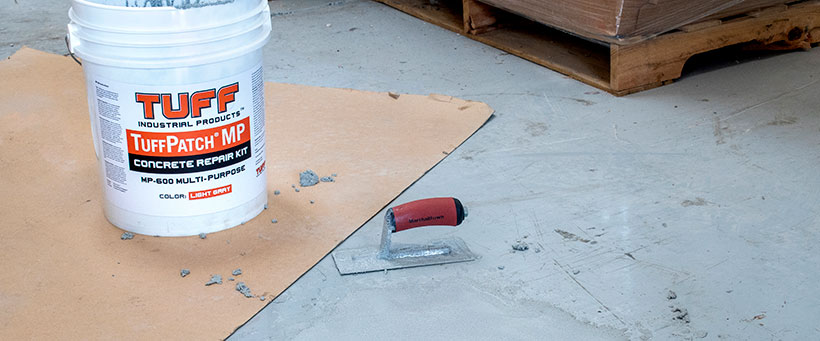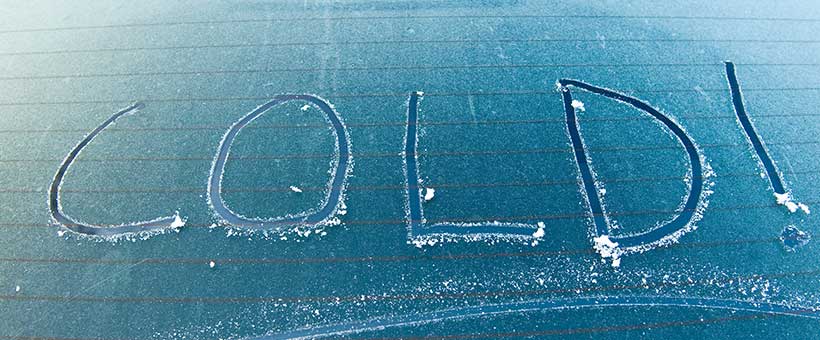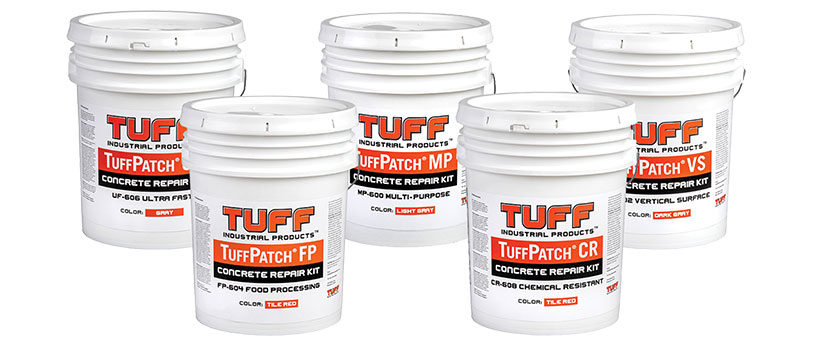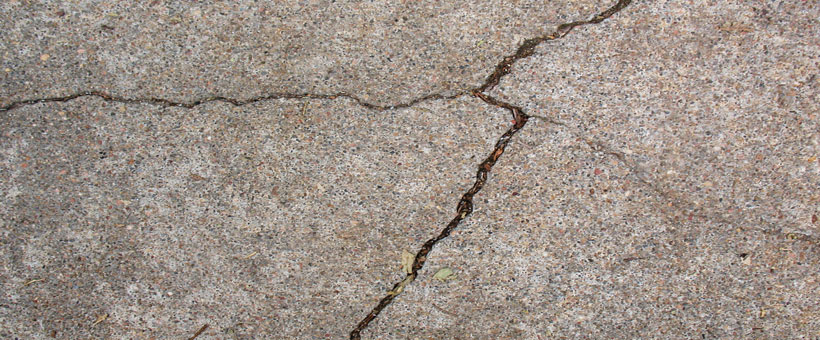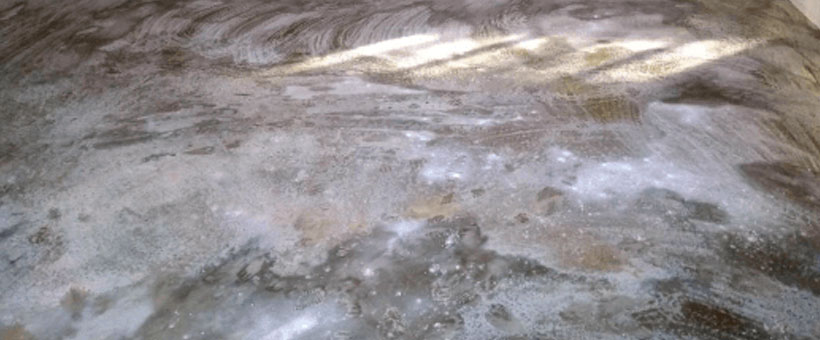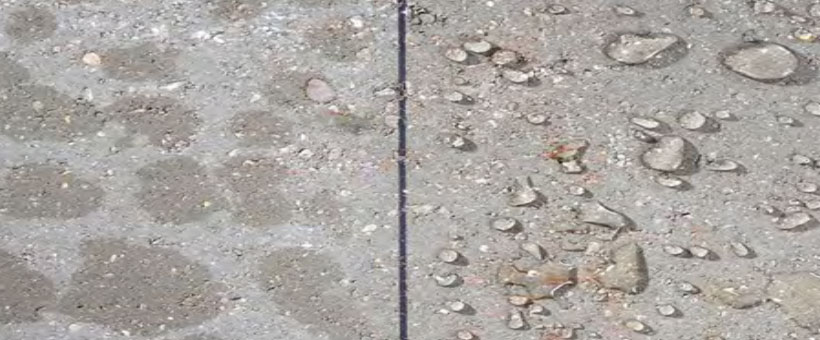For years, facilities personnel in charge of factory floor line striping have been chasing their tails to keep their plant floors properly marked. It is not for decoration it’s for employee safety and OSHA requires it. While writing this I tried to find out how many companies have been fined, but OSHA was not going to share this with me.
Here’s the challenge: you want an easy-to-use, long-lasting, scratch-resistant solution to heavy fork trucks and skids being dragged through your factory.
Let’s look at the options available to you in today’s marketplace.
First is safety tape. This is really just duct tape that two people can apply, and cover a decent amount of area pretty quickly.
The second is spray-painted lines. Companies like Rust-oleum and Krylon sell millions of cans of this to purchasing agents and plant managers. Again fairly simple to use, especially if you purchase the apparatus that holds the cans and allows a straighter line than doing it freehand.
Last but certainly not least, is Tuff Industrial Products #750 Hi-Performance Line Striping, 100% solids epoxy. The #750 was formulated for 3 reasons; It is easy to use, it cures in 3-5 hours, and is Tuff as nails.
We have used it in our factory since moving into the building 4 years ago, and not 1 scratch or peeling.
Here is a side-by-side chart that compares these options.
| Performance Features | Safety Striping | Spray Paint | Tuff’s #750 |
| Finished Thickness | 4-5 mils | 1-3 mils | 16-20 mils |
| Abrasion Resistance | Poor | Average | Excellent |
| Chemical Resistance | Poor | Poor-Average | Excellent |
| Easy to Apply | Very Easy | Average | Average |
*A mil is used to measure thickness, as a reference point the U.S. dollar bill is 4 mils thick
On a recent project, the plant manager was going insane as he couldn’t keep up with all of the failing options he had tried. We came over and we did a quick demonstration and here are the results. A few notes, the gray epoxy had been applied approximately 3-4 years ago. This area was one of the busiest corners in the plant. This area gets more than its share of fork truck traffic, and pallets dragging on high spots.
The #750 Hi-Performance product was lightly sanded with 80 grit sandpaper to remove anything preventing a strong bond/adhesion. This is extremely important.
We applied #750 Hi Performance line striping product at approximately 10:00 a.m., It was dry to walk on by 4:30 p.m.
The next day we returned with an elcometer which measures the “pull-off” strength in accordance with ASTM standards. (You are supposed to wait 7 days for epoxy to get to a full cure before performing this test.)
After 28 hours, not only did the #750 product stick to the gray epoxy, it pulled off the concrete! NOW THAT IS TUFF!
